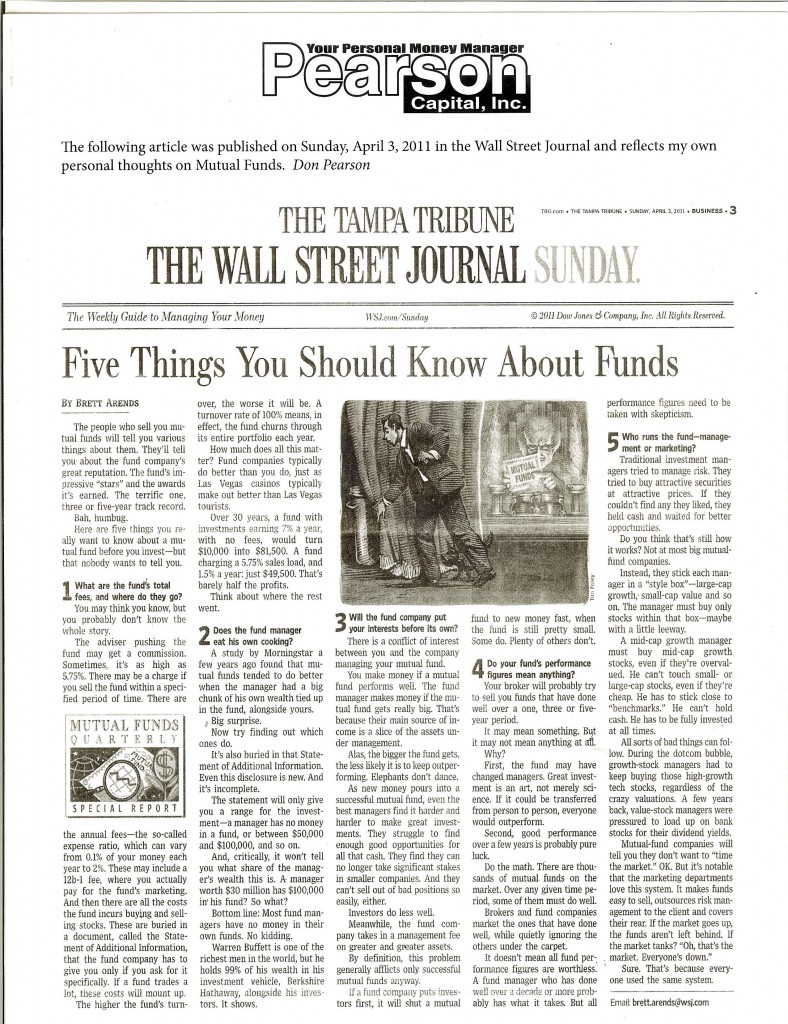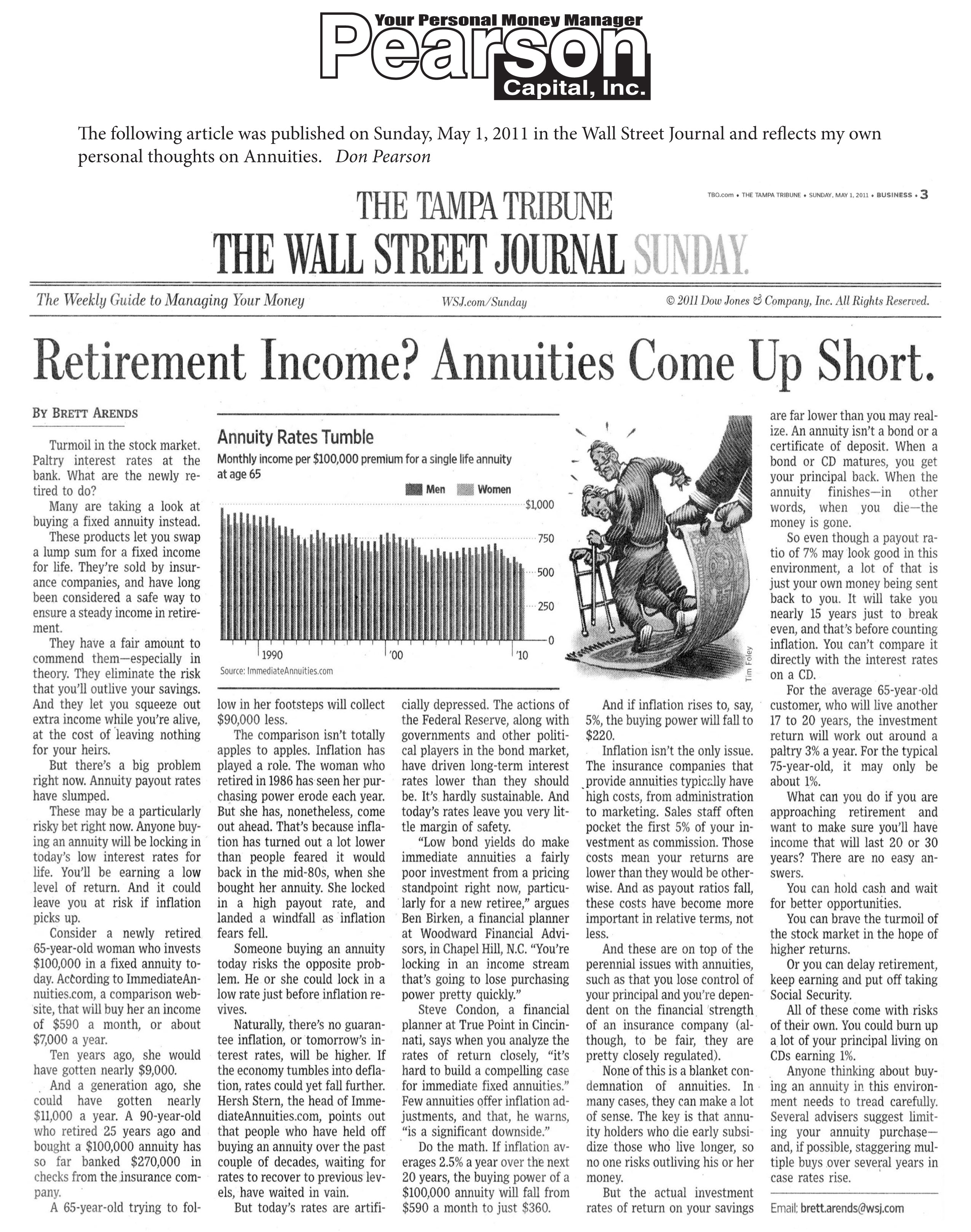Exchange traded funds (ETFs) have been in existence since 1993. This makes these investments relatively new as compared with mutual funds. The older traditional way of investing has been finding mutual funds yourself, or hiring a pro to do it for you, and selecting a handful of them. Those chosen are either category-specific or balanced to meet all your needs while at the same time distributing the risk that you’ve requested. Some of the problems that are not disclosed with mutual funds are the hidden costs that can be as high as 5-6% and in some cases even higher. A study done by Morningstar disclosed most fund managers do not own their own fund or have a minimal investment with their own money. Many times the fund management has a different objective. It is important to ask questions and consider past performance and how long the fund manager has been in this position. Fund managers are changed from time to time, and the person making the decisions may not be the person deserving the credit if it is or was performing above the average. The yardstick for measurement is the S&P 500, because this can be purchased as is with a lower cost. S&P Dow Jones has found that not many managed funds are able to consistently reach the top quartile of performance over five successive years. At the end of 2014 it reported 88.44% of large-cap fund managers underperformed the benchmark over a one-year period. Over five and ten-year periods, respectively, 88.65% and 82.07% of large-cap managers failed to deliver incremental returns over the benchmark. Most mid-cap, small-cap, and international managed funds also lagged their benchmarks.
Since the startup of the first ETF in 1993, ETFs have continued to grow and improve, and now we believe can better outperform the index if and when selected properly. Today there are more than 1,400 from which to choose. Many are category specific, while others are balanced to try to fit almost everyone’s portfolio. Today’s ETF investments total $2 trillion and are growing.
Because we do not use mutual funds, it is our belief that a properly diversified portfolio should have many ETFs along with individual standout stocks. This strategy allows us exposure to various segments of the U.S. and international equity markets, and to various trading and investing strategies that require more flexibility than mutual funds provide. Those producing the most are Blackrock (iShares), State Street (SPDRs), Vanguard, Guggenheim, Wisdom Tree, and PowerShares. Two other reasons to add these to portfolios are first, ETFs trade like a stock so the tax consequences are better. One would immediately know the cost basis and not have to worry about any hidden surprises when something within the fund has been sold, and this is not the case with mutual funds. Second, the costs for most ETFs are under 1% and that’s a large savings compared to the alternative. Most have 40-60 individual stocks built within their portfolio.





 By Sandra Alberti
By Sandra Alberti
